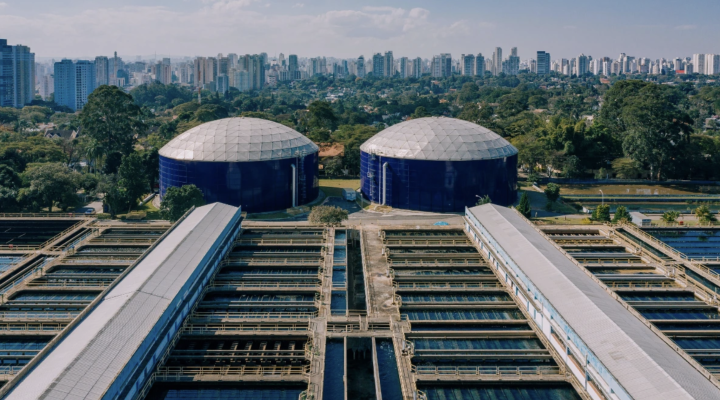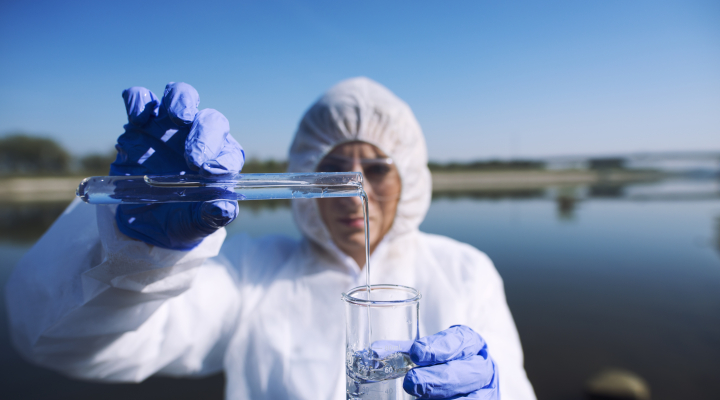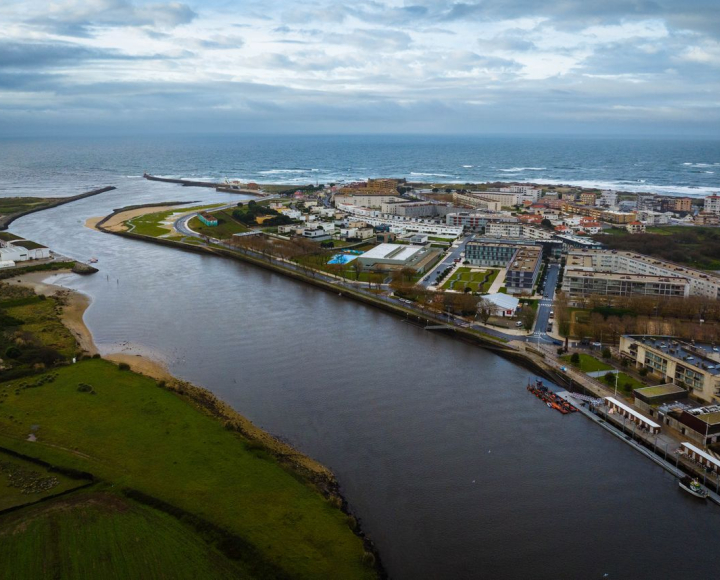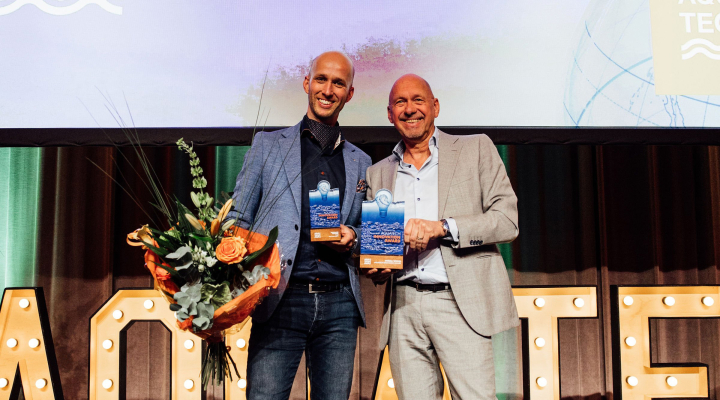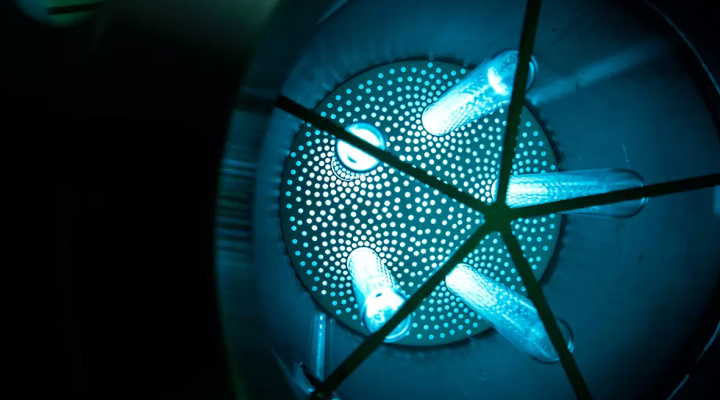Covid-19 RNA in sewer and hospital admissions: a close match
Measurements of Covid-19 gene material in the incoming sewer water at the central waste water treatment plant in Amsterdam, show a close correlation with the number of Covid-patients admitted at the city’s hospitals.
Dutch water research institute KWR released a graph clearly illustrating the two matching curves that show an increase during the outbreak, a flattening since the introduction of the lock down and than a steady drop.
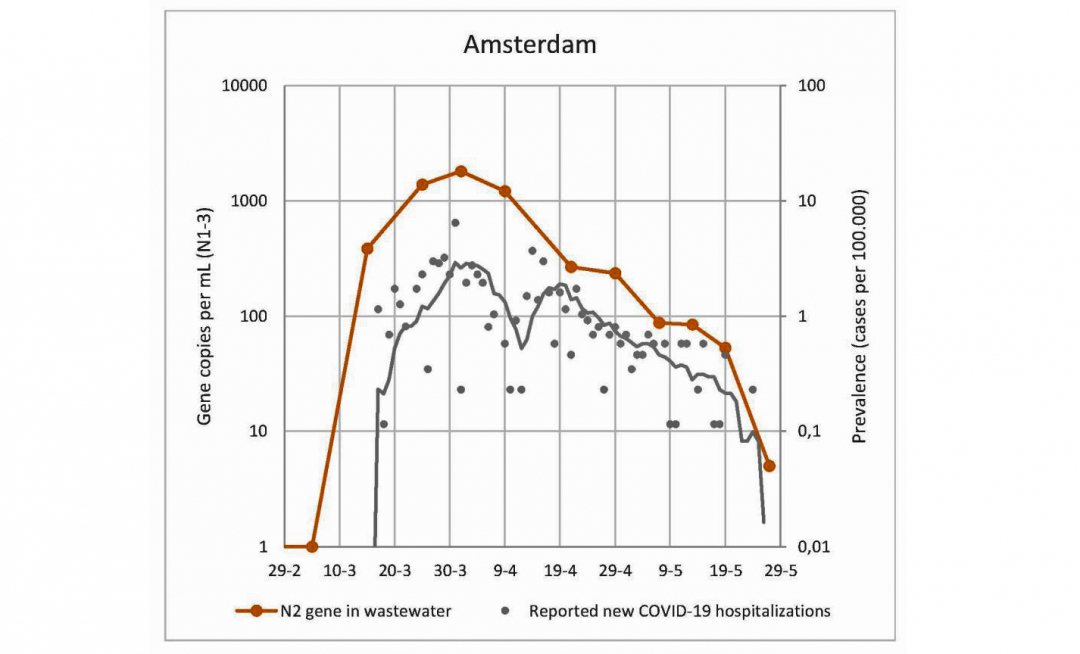

Early warning of outbreak
KWR was one of the first specialized institutes in the world to be able to register the presence of Covid-19 in sewer water at various Dutch waste water treatment plants (wwtp). KWR used a detection technology to trace ribonucleic acid (RNA), a substance that closely matches DNA.
The initial research by KWR revealed that Covid-19 gene fragments could be traced in sewer water even before the first hospital admissions were registered.
Triggered by the idea that sewer surveillance could be an early warning instrument for new outbreaks, many institutes and water authorities all over the world started to sample sewer water
All with the same outcome: it is possible to trace Covid-19 gen fragments in sewer water during an outbreak.
Relation with hospital admissions
However, one question remained: how to relate the ‘underground’ data to the ‘above ground’ data of hospital admissions as provided by health institutions? For that it is necessary to measure the change in Covid-19 RNA concentrations over time with weekly samples.
KWR has manged to do so and collected both data sets for the city of Amsterdam. A recently published graph clearly shows the close correlation.
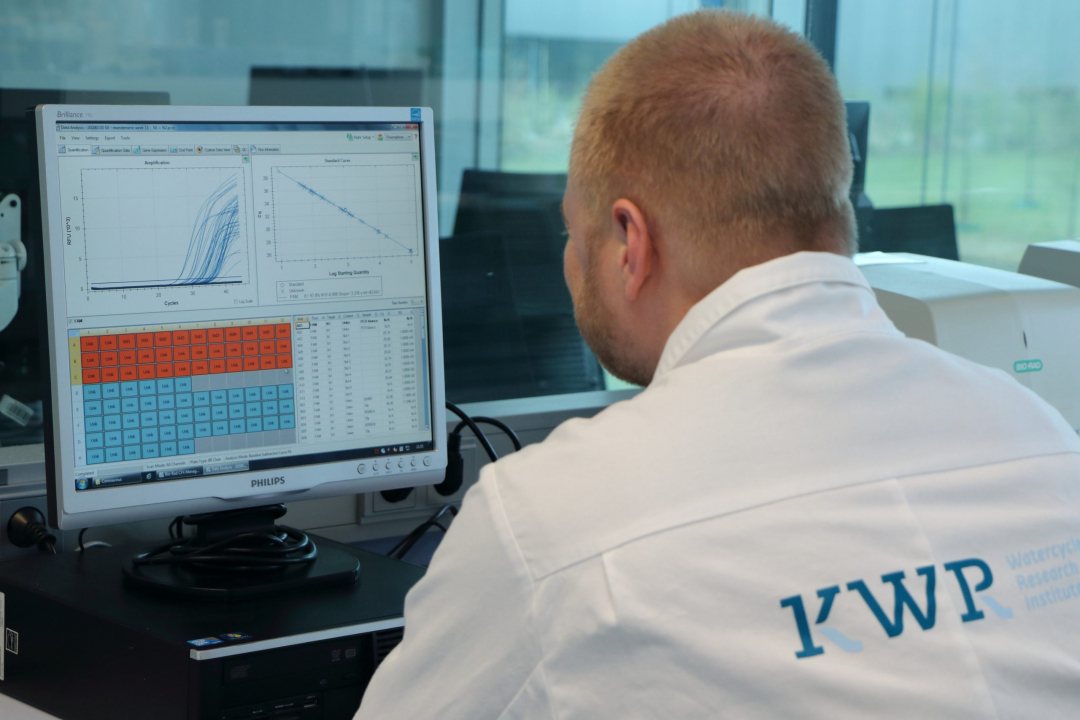

New outbreaks
Now that in many countries the population is getting more freedom of movement again, the risk of new infection is also increasing. An early warning based on sewer surveillance can be an important tool to signal new outbreaks.
According to KWR researcher Gert Jan Medema, sewer surveillance has three advantages. ‘Firstly, because there are indications that we can detect the virus in the sewage water before the first patient are reported. Secondly, because not everyone who is infected actually feels sick and is tested. Third, because there seems to be a correlation between the concentration of RNA measured in sewage water and the level of infection among the population.'
According to Medema the EU has picked up sewer surveillance with the EUvsVirus initiative that will coordinate the monitoring and testing in a hundred cities.




